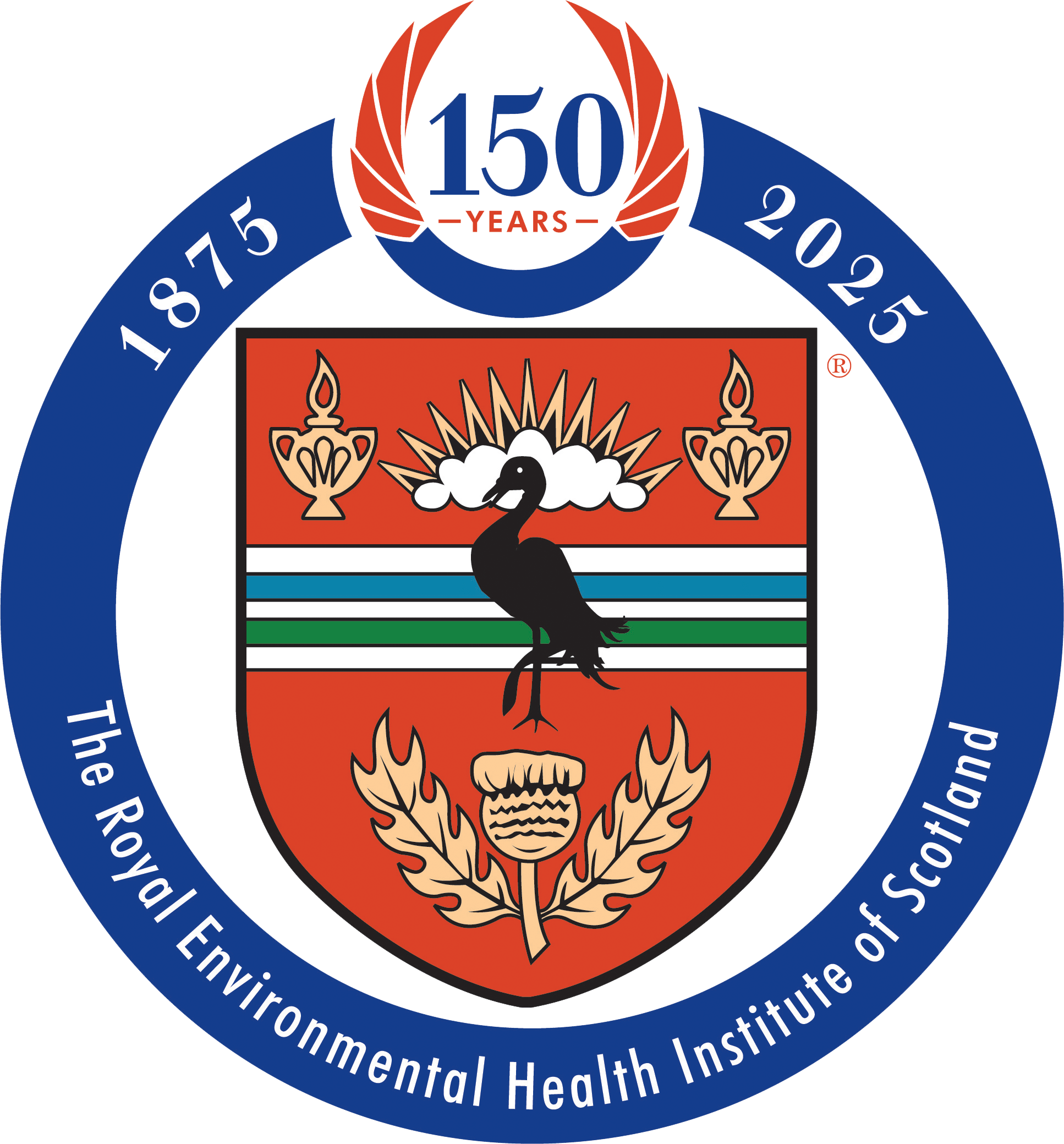Health Protection Scotland (HPS) Gastrointestinal and Zoonoses team have published two surveillance reports for Norovirus and Hepatitis E.
In 2017, HPS received 866 laboratory reports of norovirus (NV), a rate of 16.3 per 100,000. This was a decrease of 683 (44.1%) on the 1549 reports received in 2016 and was the lowest number of reports over the past 10 years. The average number of reports per year in the previous nine years had been 2013 reports, with a range of 1306 to 3109 reports.
The laboratory reports arise from confirmed infection in the whole population (community and healthcare). Laboratory confirmations represent just a small proportion of the true incidence in the community.
Laboratory reports of norovirus show a distinct seasonal trend, with the highest number of reports during the winter months. However, whilst reports are most common during the winter months, infection can occur throughout the year.
Laboratory reports of NV also showed a distinct age distribution affecting predominantly the elderly and young, with 51% (444/866) reported from those aged 65 years and over, 27% (233/866) from those under five years of age, while none of the other age bands accounted for more than 3% of reports. The distribution of laboratory reports among those at the extremes of age probably reflects those from whom samples are most likely to be taken.
Reports of hepatitis E (HEV) infection in Scotland have increased in recent years, as they have elsewhere in the UK. Since 2011, laboratory reports of HEV in Scotland have increased from 13 in 2011, to a peak of 206 in 2016. In 2017, HPS received 170 reports of HEV, a decline of 36 (17.5%) on the number in 2016.
The overall rate of HEV in Scotland in 2017 was 3.2 per 100,000, with a predominance of infection in older males, similar to the trend seen elsewhere in the UK. In 2017, 110 (65%) reports were from males of which 45 (41%) were aged 65 years and older.
HPS is working with Food Standards Scotland, the Scottish Government, NHS boards and Public Health England to improve understanding of the epidemiology of HEV, including risk factors and exposures, to inform public health management and control.
Norovirus – Surveillance report for 2017 available here.
Hepatitis E – Surveillance report for 2017 available here.

